|
Most people think of Mumbai as a collection of humans - a teeming megapolis of millions of people - people people people everywhere, and nothing else. And why not - the population of Mumbai has crossed one and half million people packed into a pretty small area.
But what we tend to overlook is that the isle of Bombay was once a beautiful set of islands with creeks and mangroves and forests and beautiful virgin beaches. The British used to go tiger hunting in the jungles of Bombay, and citizens of the original villages happily led isolated and tribal existences and the jungles and seafronts were full of migrating birds. And the amazing thing is that a lot of this still survives even today! The Sanjay Gandhi National Park is a dense jungle in the middle of Mumbai, the mangrove forests have been declared as wildlife sanctuaries, and birds still migrate to Mumbai to spend the winter in the mangrove wetlands.
I read about an interesting mangrove wetland - which was the area behind the Bhandup pumping station along the Eastern Express highway connecting Mumbai and Thane. This was well within my cycling range - so I set out on my Sunday morning ride
As usual, it was a joy to ride a cycle early on Sunday morning in Mumbai - the roads are empty, the atmosphere is cool and refreshing, and the very air feels cleaner and nicer. And once you hit the highway and clear the populated parts - you get a lovely road to ride on! Unlike most roads in the city - this feels safe for the cyclist as there is plenty of room, and there are no dangerous potholes and death traps!
And the most pleasant thing is Mumbai in the morning - especially on a Sunday morning - is like a different place altogether! All the physical fitness buffs are out in spades - the marathon runners loping along in flocks, the joggers huffing and puffing, the walkers ranging from the extremely energetic types pumping their hands furiously, to the gossipers dawdling along in huge groups and blocking everybody’s way, people doing jumping jacks and stretches and various physical jerks - and of course, a full range of cyclists! From the lean and skeletony guys on equally skinny and skeletony bikes who look like they are training for the Tour De France, to the fat and shaky ones on their brand new shiny cycles who seem to have just learnt to maintain their balance. Everyone is on the move! Physical fitness is in the air - and the feeling of positivity is just amazing. I love it! As I cycled, I wondered about the term ‘Bhandup pumping station’ ‘Why Bhandup?’ I wondered. ‘Why is the place called Bhandup? Does the name come from the word ‘Bhanda’ - ‘vessel’ ? Were there vessel makers here? Or does it come from the word ‘Bhandan’ - ‘fight’? Maybe it was home to a bunch of quarrelsome people? Wikipedia told me that the name ‘Bhandup’ comes from the ‘Bhandupeshwar’ temple of Lord Shiva - which didn't explain much, as I couldnt think of any etymology of ‘Bhandupeshwar’. It is more likely that the temple is named after the area (Lord of Bhandup) , than the other way around. I looked up the temple too - and it seems to be a total supermarket of a temple! As one guy put it ‘It's a combine temple of Lord Shiva; Saai baba; Gurudev datta; amba mata; kalika mata; Gayatri mata; Sarasawti mata; Chamunda mata; Shitala devi and many more; it has shree Ram Darbar; shree Krishna darbar…’. As Indians, we take no sides. All gods are welcome - all devotees are welcome...just put dakshina money in the box please… Whatever be the origin of the name - it is clearly an ancient place. The Shilaharas were the rulers of the Mumbai region, the Konkan region and Kolhapur in around the 6th century AD - and built great monuments like the Bangaga tank and Walkeshwar temple, and the amazing Shiv mandir of Ambernath!
They built the ‘Rajapatha’ - the ‘Royal road’ - passing from the north of Bhandup, to control the regions in Bombay and Thane - and which over the centuries, became the current Bombay-Thane road!
How is that for ancient history affecting your life today? Amazing. And the words ‘pumping station’ - what is being pumped - and from where to where? The answer is very interesting! This is a water pumping station! This is the heart of the water supply of Mumbai - it is a water filtration and treatment plant where more than 450 people work around the clock to ensure that over 12 million Mumbaikars receive clean water from their taps daily. In fact, it is the largest such facility in Asia! Mumbai receives water from a number of lakes and several dams in Shahpur taluk (Thane district) that deliver water to the city. The Western Ghats trap most of the moisture laden monsoon clouds which feed these dammed rivers. Currently, these dams deliver approximately 3.4 billion litres of water to Mumbai daily. The names of these lakes were familiar to me since school - Tansa, Vihar, Tulsi, Bhatsa and the 3 Vaitarna lakes - Modak sagar or Upper Vaitarna, and the middle and lower Vaitarnas - but somehow the scale and importance of this amazing network set up first by the British, and then greatly expanded by Independent India’s BMC - never really struck me till now. What a monumental task! What vision! What scale! This water comes to Mumbai via massive pipelines, and this raw water is treated at the Bhandup water filtration and treatment plant - they remove bacteria and viruses, filter it, treat it with chlorine and whatever, remove the sludge, test the turbidity and hardness and perform over 624 tests on it every single day - and then send it out across Mumbai via a giant and intricate network of pipes with a length of more than 4000 km. Imagine that- 3753 million litres a day pumped over 4000 km. It is like the circulatory system of a gigantic beast - and this plant is its beating heart. I reached the turnoff from the highway and made my way behind the pumping station - and crossed some scenic salt pans before taking the turn to the edge of the wetlands. It was quite a nice place - quiet and green and soothing. It seems to have become quite a tourist spot for nature watching - as I could see a lot of government signs. There was a sign with photos of all the various types of birds and wildlife which could be seen here- Mongoose, Jackal, Russel’s Viper, etc. Birding is also quite good here - you have various wetland birds - Storks, spoonbills, Ibis, Ducks, Stilts, Avocets, Curlews, Egrets, Kingfishers etc. There was a big plaque announcing the Mangrove wetland centre - a unique initiative to protect the mangrove system - and it had been done under the auspices of the Maharashtra state forest department and conservation action trust. But there was no wetland centre - something I was glad about, actually. Who wants a big building here? But alas - I knew that government interference was not far away. Govt getting involved can be a good thing or a bad thing - let’s see how it goes. (Update is that now they are apparently charging an entry fee! - they have created a Thane Creek Flamingo Sanctuary (TCFS) in order to promote forest tourism within Mumbai.)
I parked my cycle and went exploring around the area -and found a lovely (and dangerously dilapidated) bamboo bridge going to the edge of the water body which leads to the creek - and I was delighted to see a number of small fishing boats moored there. Apart from the beauty of the boats - it struck me that maybe I could request some boatman to give me a ride on his boat and explore the creek
The forest department was clearly doing some good work here - I could see mangrove beds being planted and some experiments and observations in progress.
And I was even more delighted to see a bunch of water birds in a little lake!
Flamingos! How delightful!
Few people seem to realise how rich we are in flamingos in Mumbai. Flocks and flocks of them come flying in from all over the world to relax in the winter and stay in the mangrove forests. Numbers have reduced drastically with the rampant construction and expansion of the city and pollution - but you can still see impressive numbers of them in all the wetland areas.
India has two flamingo species – the greater and the lesser flamingos – and tens of thousands of them congregate in clusters around the city. Here, they feed on benthic animals – those living on the bottom of oceans, lakes, rivers, etc. – like molluscs, crustaceans and blue-green algae. And then, sometime around June, save for a few that might ‘overwinter’ for a few more weeks, they fly back to Gujarat. The birds are a beautiful sight – both when they are dancing around lakes and ponds, and when they are airborne, sailing as streaks of pink across the sky. And like many other birds and animals around the country, their habitats and the natural resources they need to live are threatened. Since 2018, the Bombay Natural History Society (BNHS) has been monitoring flamingo numbers around Mumbai’s wetlands. They reported a gradual increase in the number of lesser flamingos between May 2018 and May 2019 – but a slight drop in that of the great flamingos in the same period. The BJP government showed staggering disdain for our natural riches when they built that ghastly monstrosity of the Trans-harbour sea link from Sewri and destroyed the Sewri jetty and the wetlands there. ‘Please - just change the approach of the road just a little bit, so that you do not mess up the environment and disturb one of the largest and most important flamingo breeding areas’ the environmentalists pleaded - but to no avail. And now this beautiful spot has become a hellhole. Let’s hope time will heal the scars, and the birds will return.
Anyway - it was now my time to return - so I started to get back to my cycle...and stopped suddenly as i saw a most interesting pugmark!
Wonder what animal made it? The claws seem to be retracted - so may be it is a big cat?
A leopard, possibly?
Fascinating!
|
Categories
All
Hi thereI blog about my travels - and the thoughts they set off! Sometimes the simplest destinations can be the most thought-provoking! Archives
May 2022
|










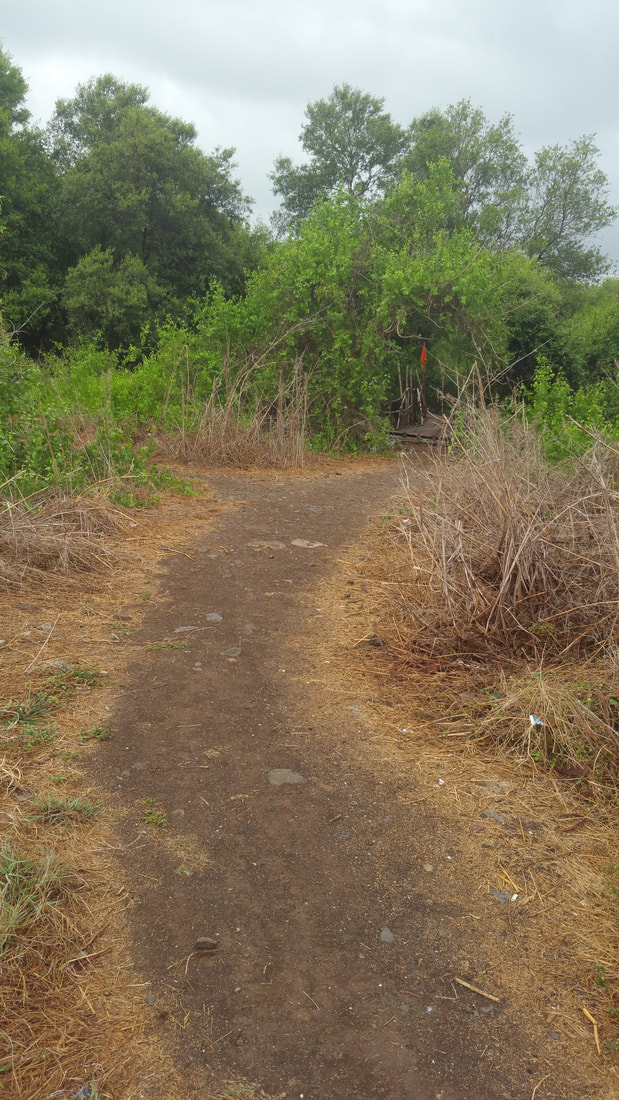




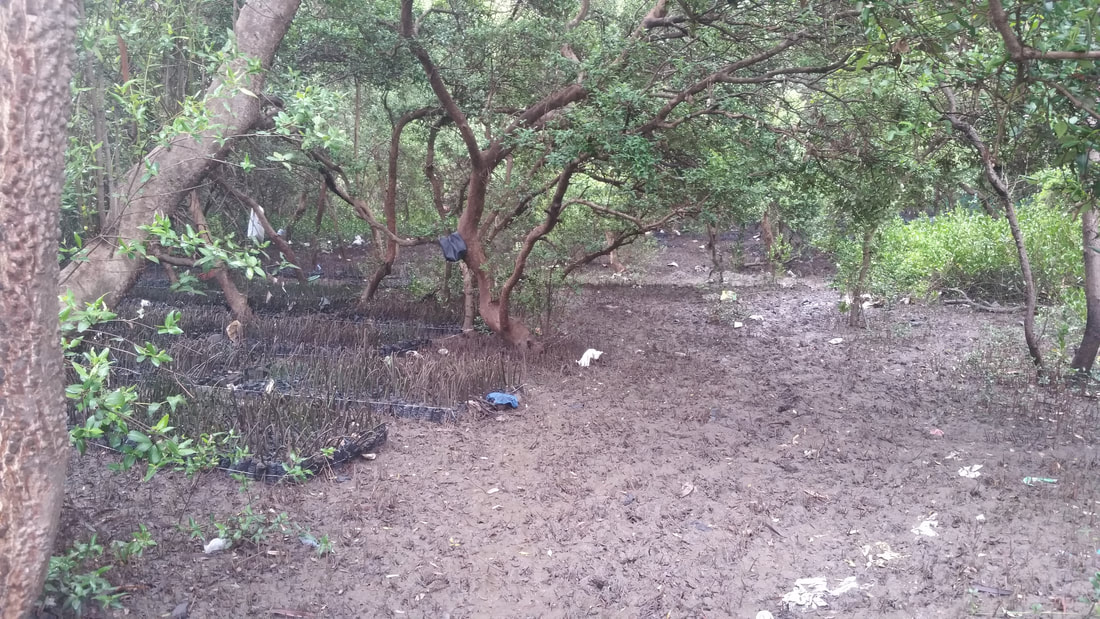
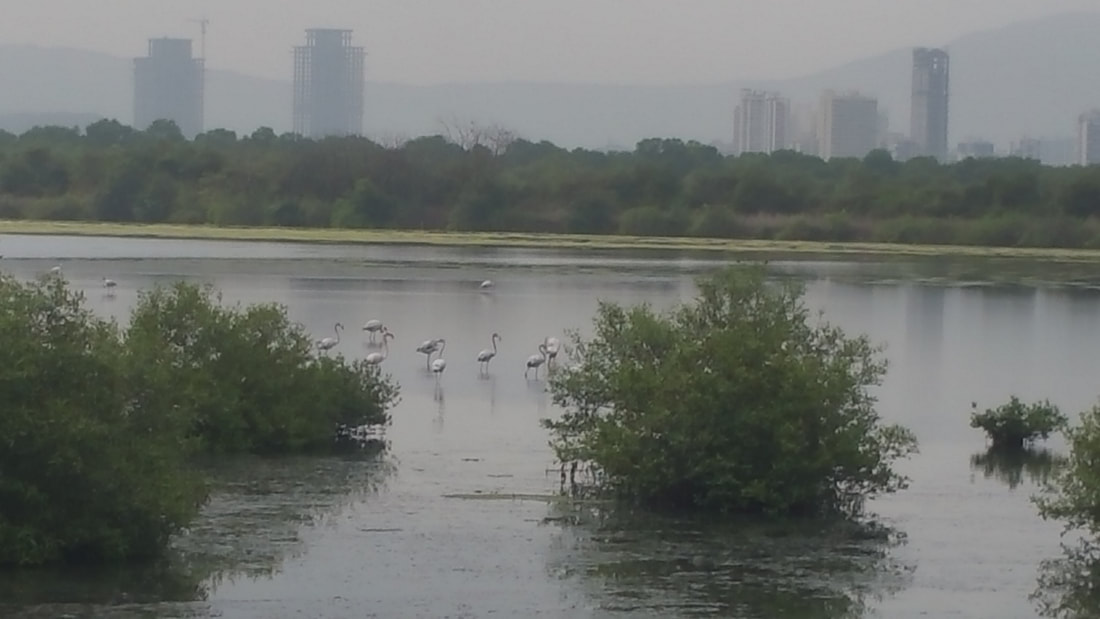
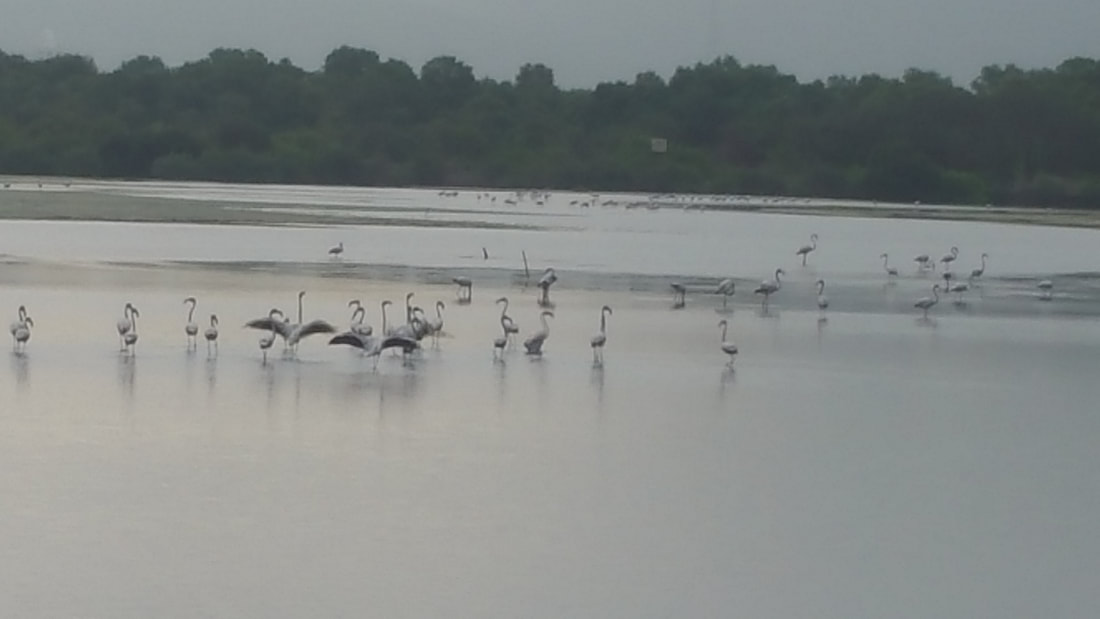
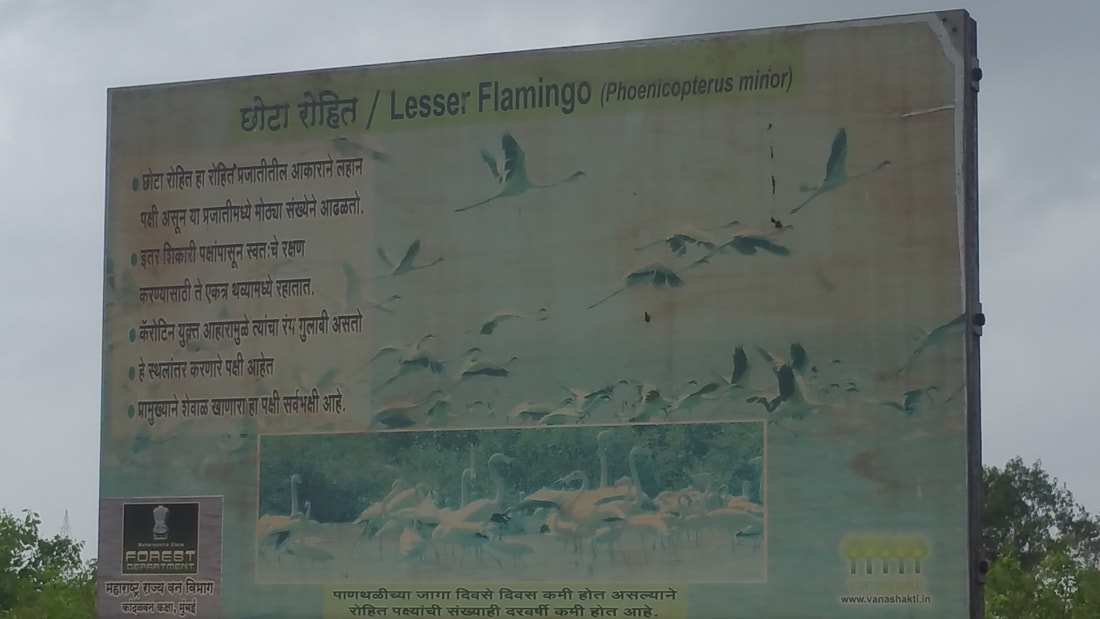



 RSS Feed
RSS Feed

